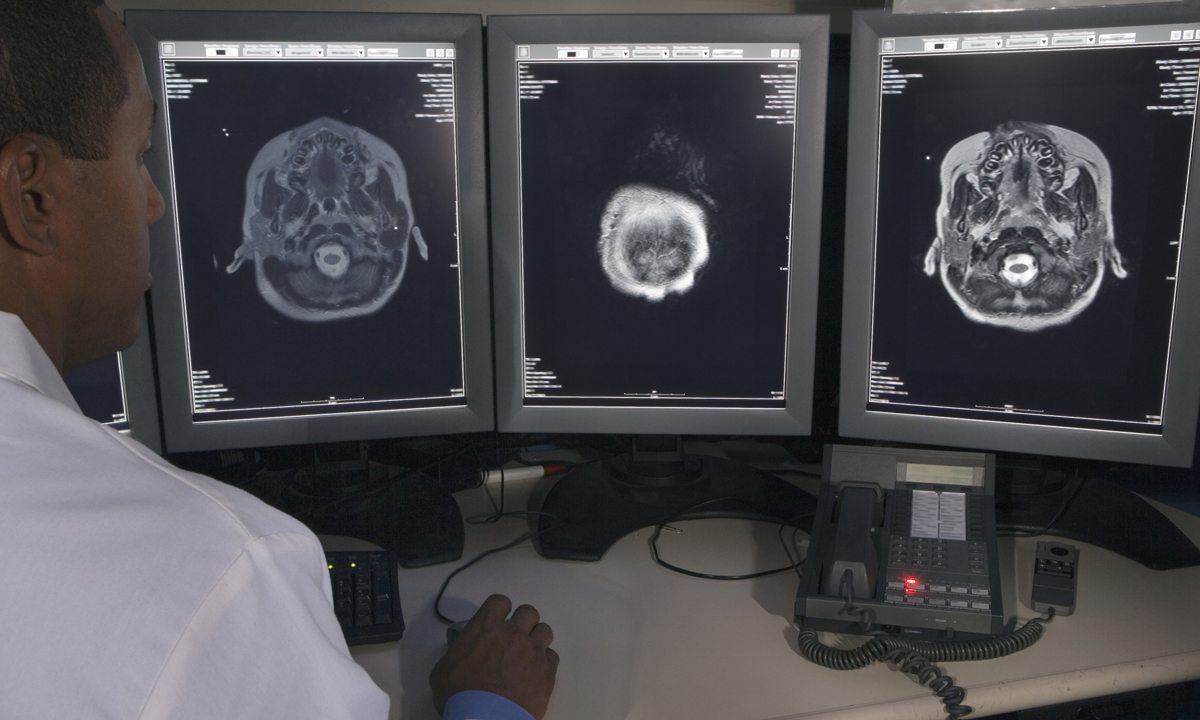
Advances in health technology allow health care professionals and organizations to meet ever-increasing demands for performance improvement—or at least that should be the case. The problem is that the adoption of technology in health care is a slow process with many hurdles. Wearables, predictive analytics, remote medicine, electronic health records (EHRs), digital health, AI, diagnostic algorithms, self-care apps, and next-generation clinical decision-support all have the potential to improve patient care; however, fundamental issues with usability and implementation need to be addressed for physicians to engage with these health innovations.
In a recent survey, 75% of physicians reported that EHRs increased practice costs and many reported reduced productivity.1 Physicians also voice concern about the efficacy and evidence behind new health technology.2 There is apprehension about the impact on payment, liability, and quality of care. It is understandable why there is an aversion to change related to new health technologies. However, as patient expectations and competition continue to rise, clinical practices and health care organizations that can overcome these barriers and successfully leverage health technology will emerge as the industry leaders of tomorrow.
A Glimpse into the Future
The vision for the future is a seamless integration of health technology into patient care that improves process and outcomes. Instead of adding to administrative burdens, future innovations in health care will ideally optimize clinical systems allowing physicians to focus more on interacting with patients. The “Physician Adoption of Digital Health Technology” study, conducted by researchers at the AMA in collaboration with Partners HealthCare, found that physician adoption of technology was facilitated by the availability of resources and training, access to accurate data, positive impact on quality of care and evidence-base for the tech solution. As stated by study co-investigator Dr. Kate Kirley, “If a solution can provide evidence and can demonstrate that it’s going to help us take care of our patients, then we are going to be all the more likely to adopt that solution.”
Overcoming Barriers to Progress
Leaders in health care attempting to implement health technology can benefit from principles that explain the uptake of innovations, map the requirements of overcoming resistance to change, and facilitate the adoption of technology into practice. Consider the following:
Diffusion of Innovation
The diffusion of innovation, developed by Everett Rogers, explains how innovations grow from an initial idea and spread to become the norm.3 It provides guidelines for leading and implementing effective change within health care. The theory outlines important concepts such as identifying early adopters and leveraging champions. It also describes the five elements needed for effective change—observability, trialability, complexity, compatibility, and relative advantage. Atul Gawande wrote an article about this theory and provided an excellent illustration contrasting the adoption of anesthesia vs. antiseptics.4
Health Care Hype Cycle
The Gartner Hype Cycle for emerging technologies is a representation of the life cycle stages of new technology. It is an increasingly popular model used to understand real-life applications of technology and provides a useful lens through which to assess and guide the widespread adoption of novel technologies in health care.5
Communicating Change
Integrating technology into clinical practice is often met with resistance that must be overcome. Leaders can start by making sure to communicate well. Four things need to be clear to physicians:
- How does this help my patients?
- How can it improve my practice?
- Will it be easy to use?
- Was I involved in the process?
Answering these questions and communicating adequate responses enhances physician buy-in to new health technology.
Developing ‘SMART’ Tech
Finally, the health technology industry needs to work closely with physicians in developing technologies that actually improve care. Technology that is frustrating, impractical, or unreliable is simply not going to be used. The following mnemonic is derived from the familiar ‘SMART goals’ framework and modified to help developers focus on the essential elements required of successful health technology.
- S– simple – easy to use and interpret. Not too complex or expensive. Training provided.
- M– modifiable – measure performance, satisfaction, and user input to allow customization.
- A– accurate – reliable data delivered in a timely fashion that can be acted upon.
- R – relevant – has a significant (not just incremental) impact on outcomes that matter.
- T – tested – evidence-based, safe, and addresses liability and privacy concerns.
Getting Physicians on Board
Physician engagement in health technology is critical for the future of health care. Physicians are eager for solutions that streamline clinical practice, allow more face-to-face time with patients, and improve outcomes. The secret is to demonstrate why the technology is needed, involve physicians in the design and implementation, and provide data to show the benefit.


